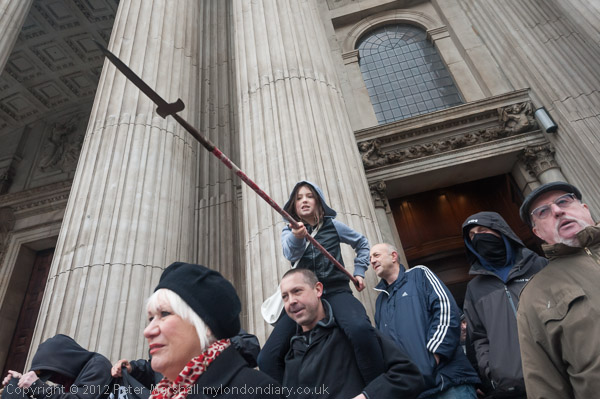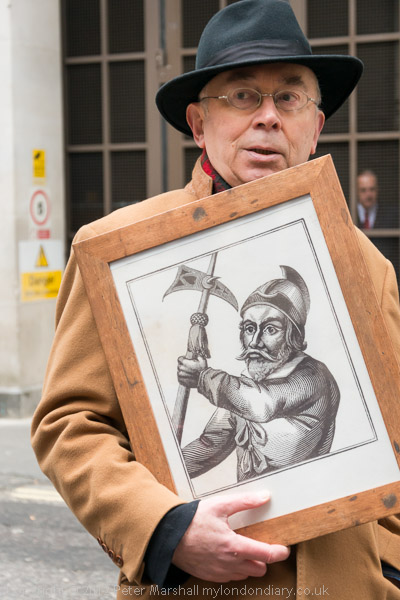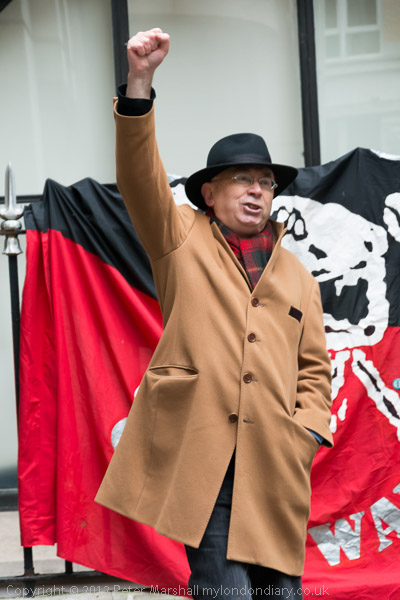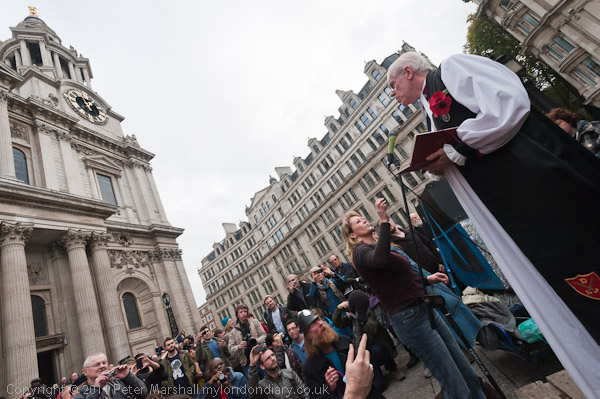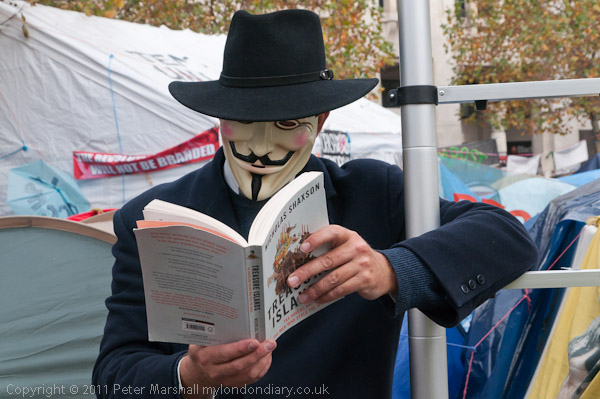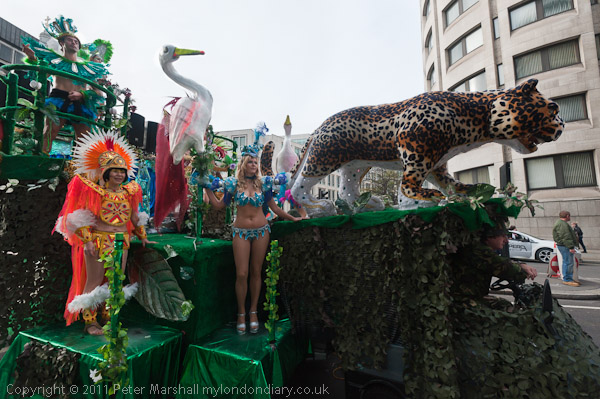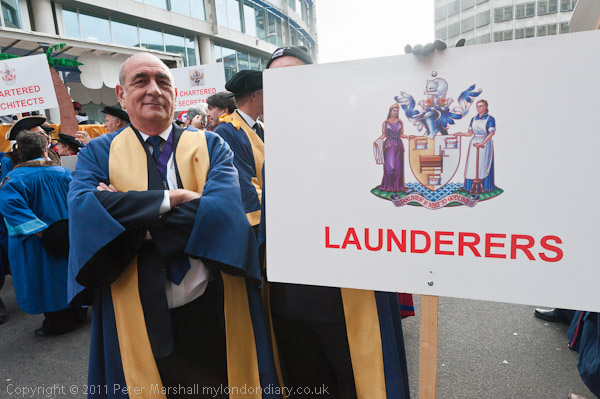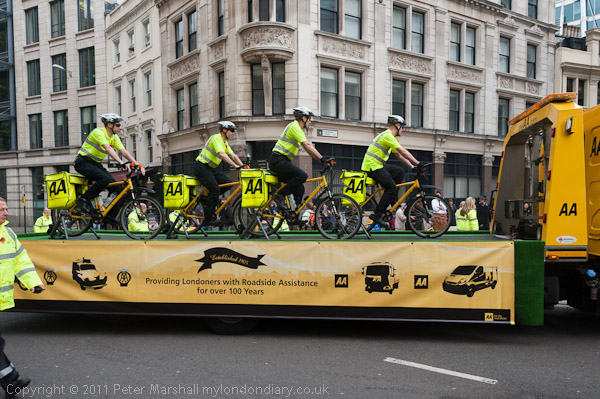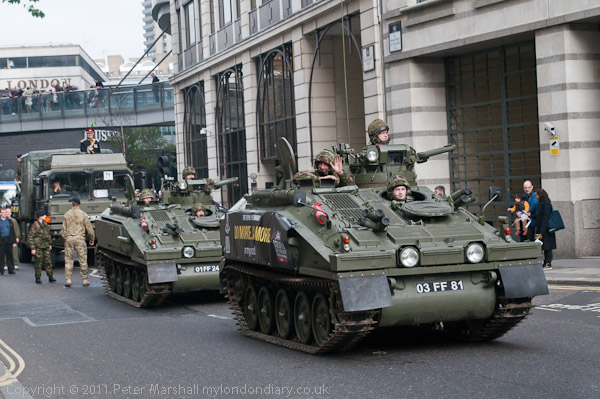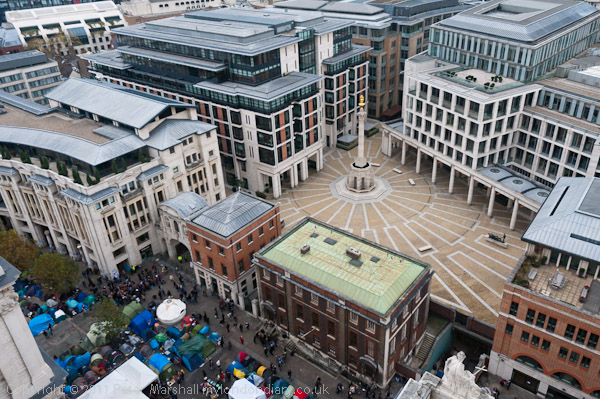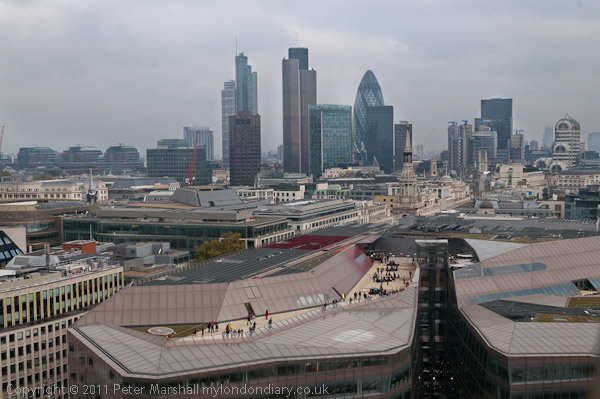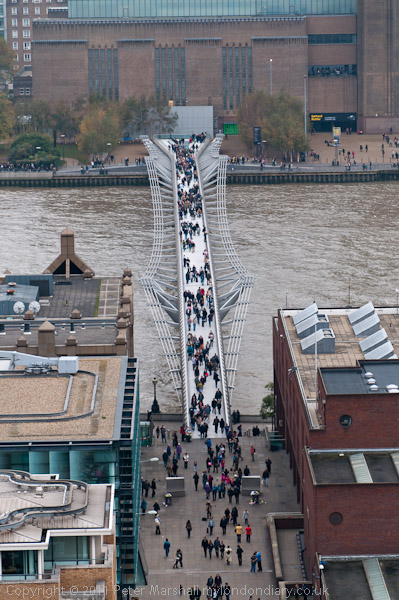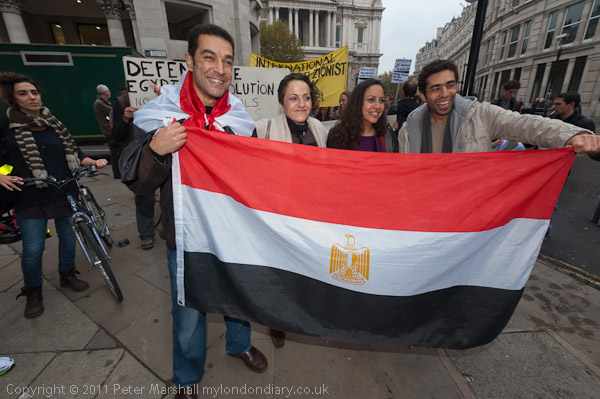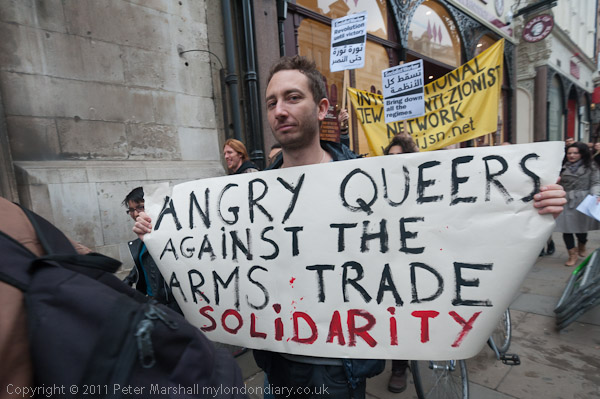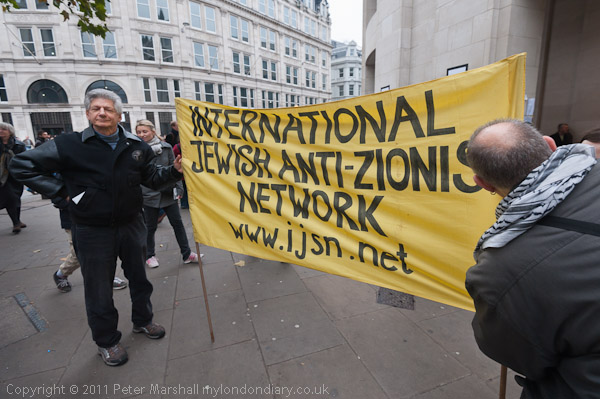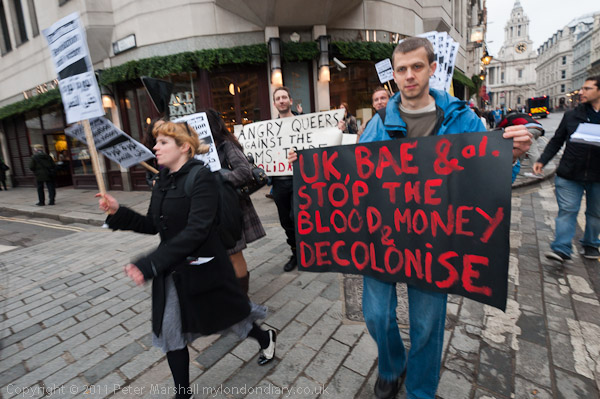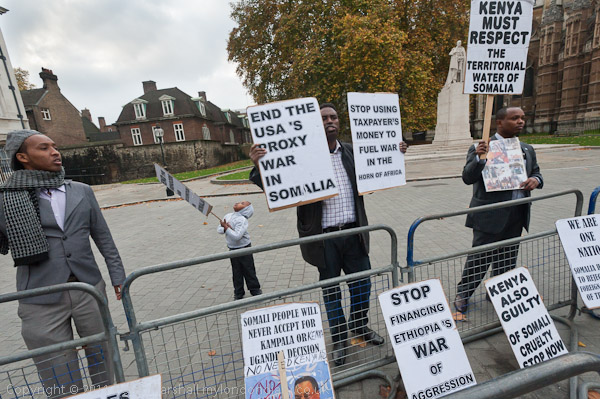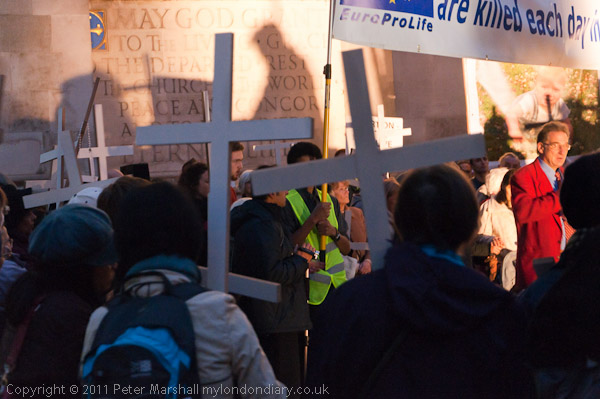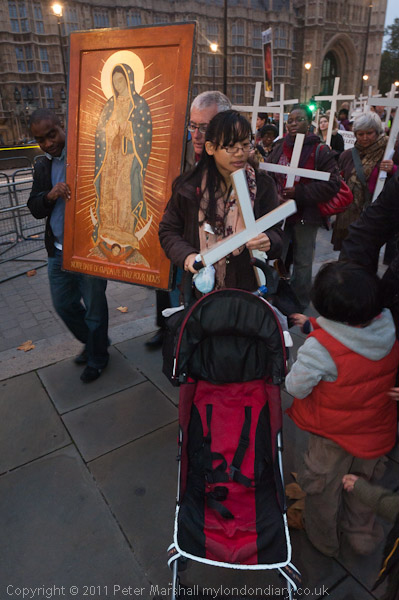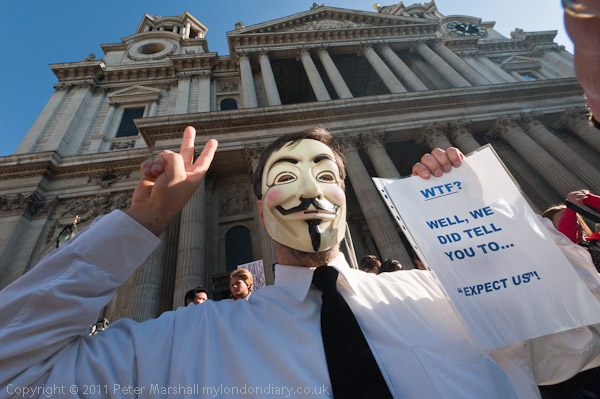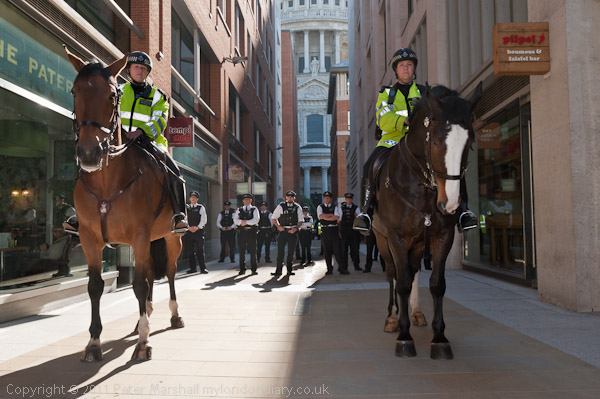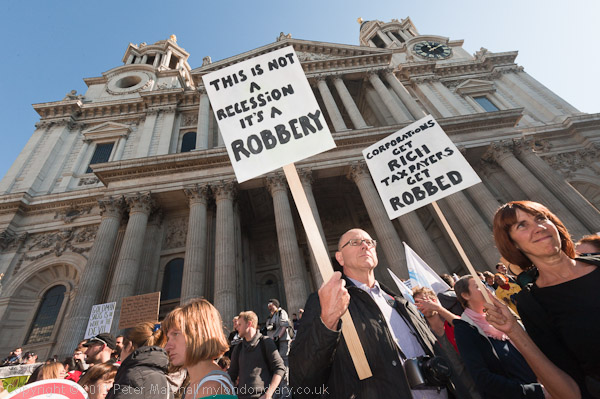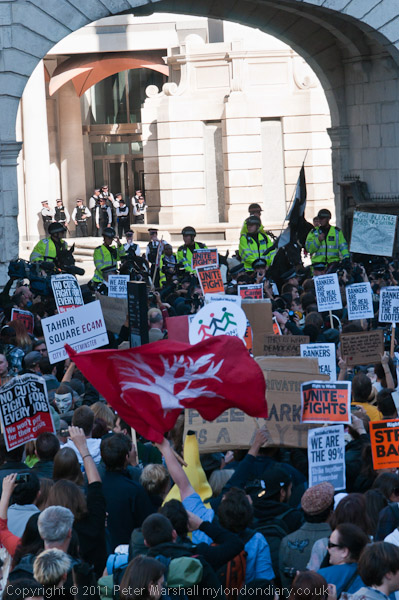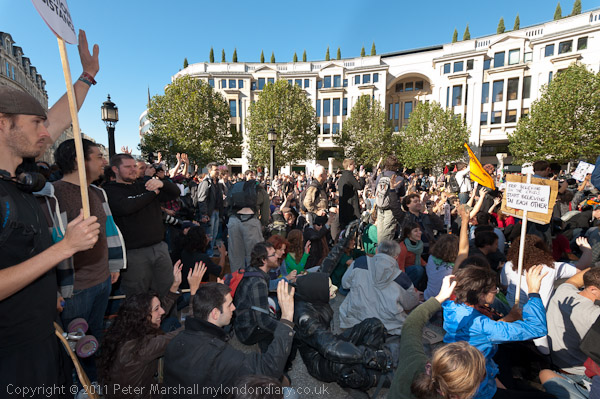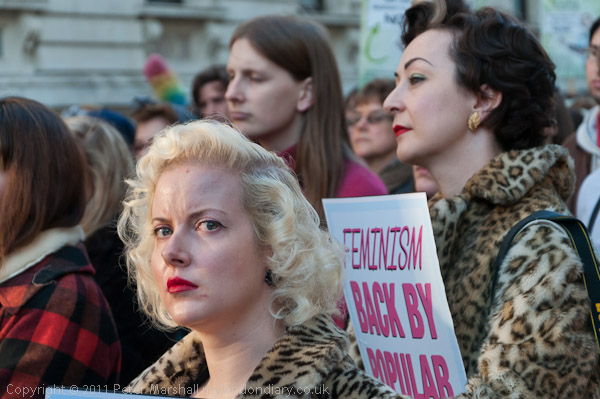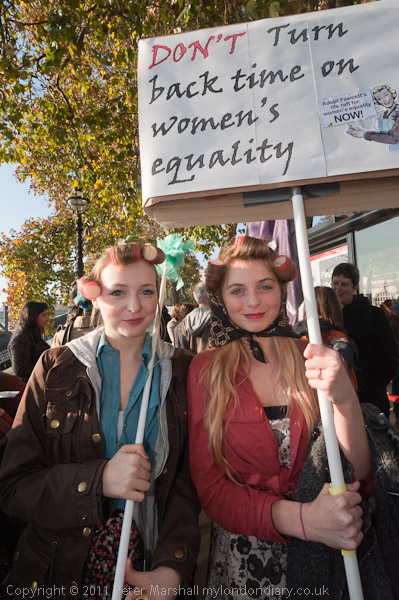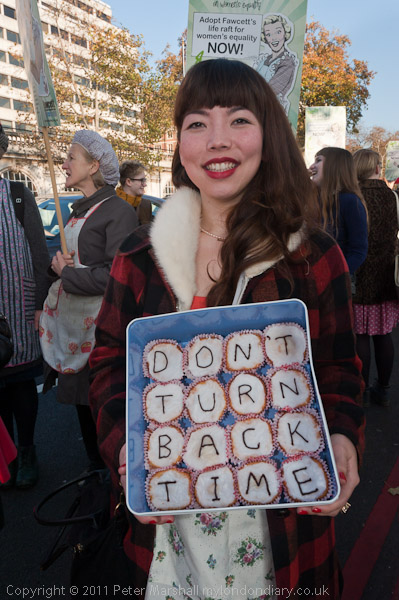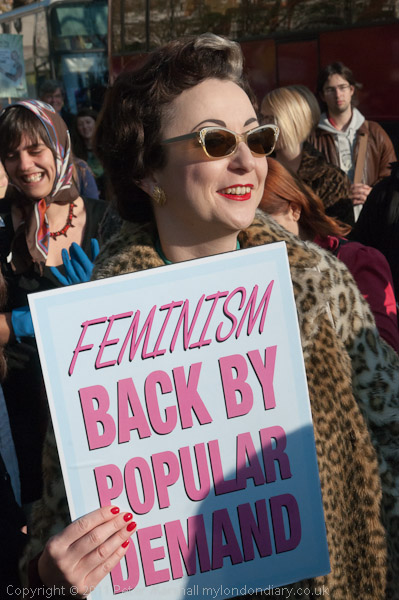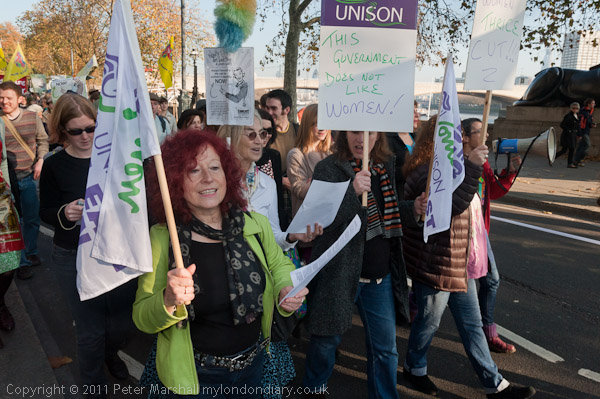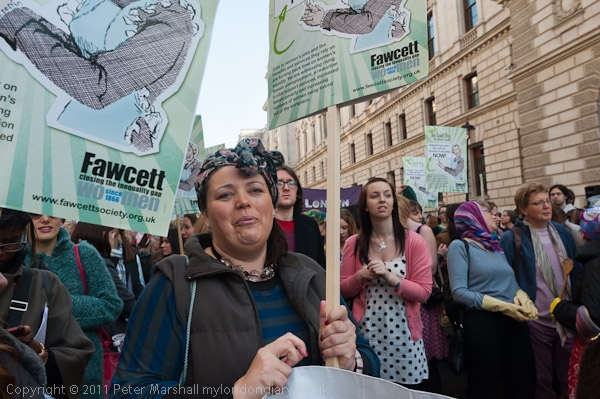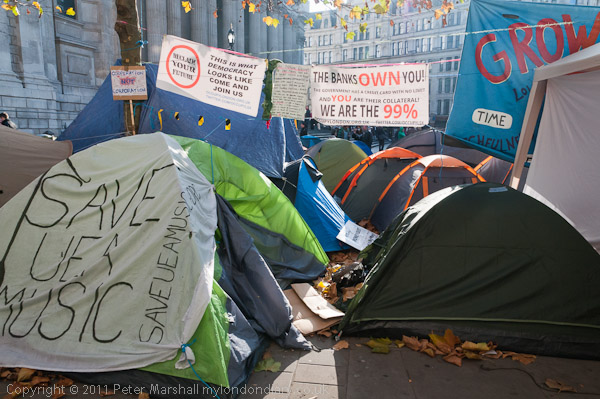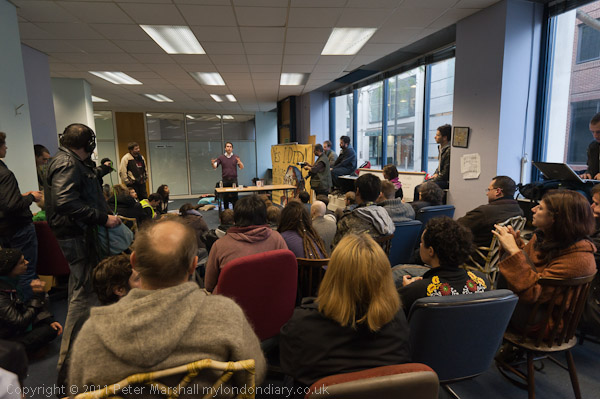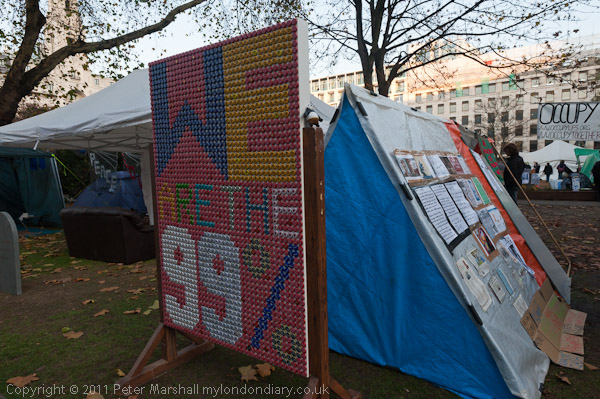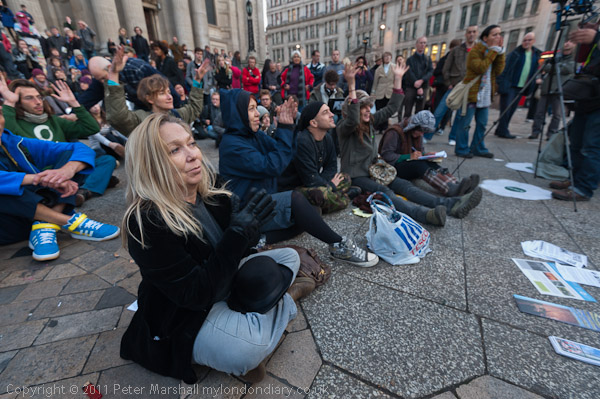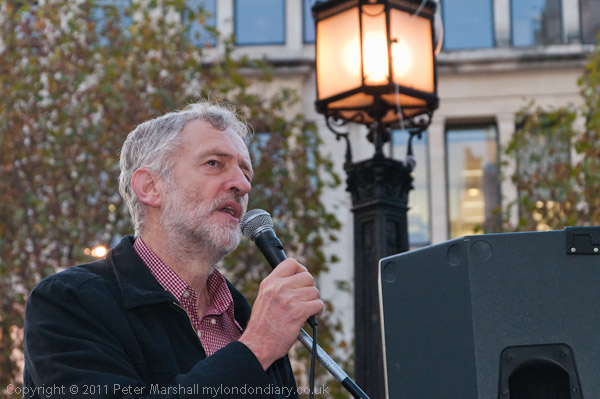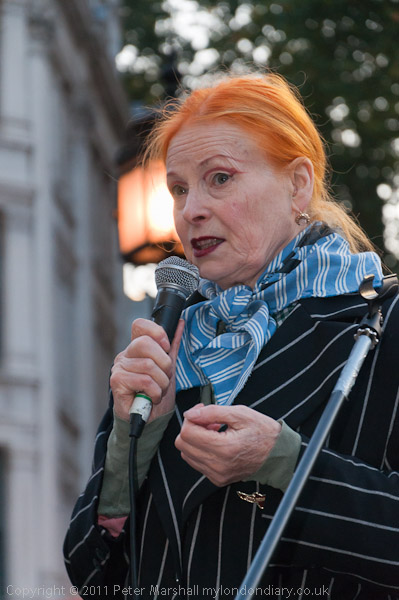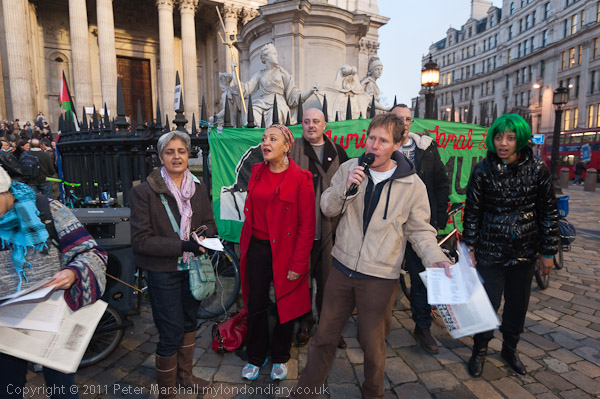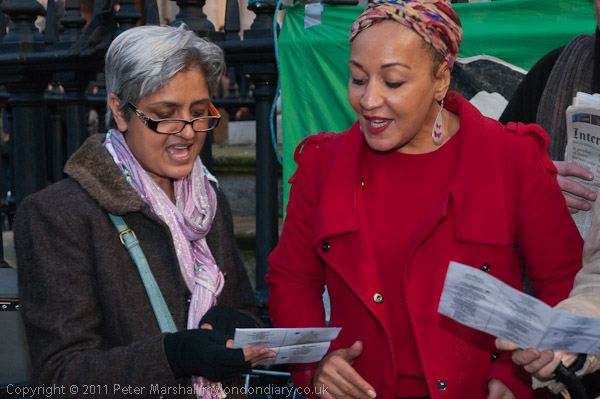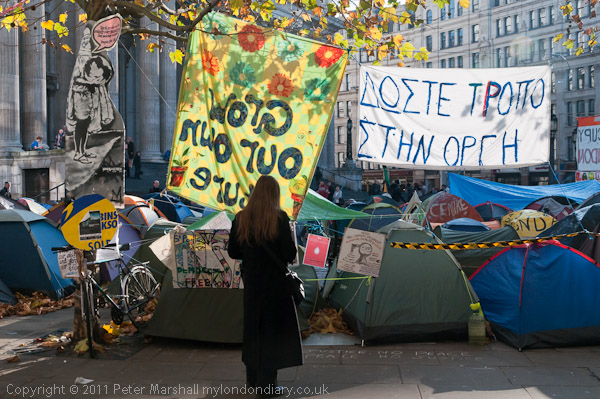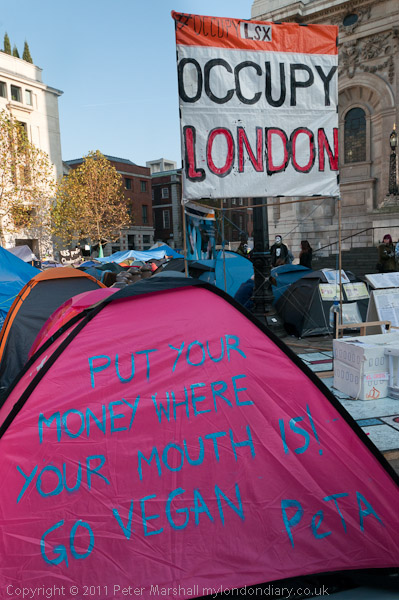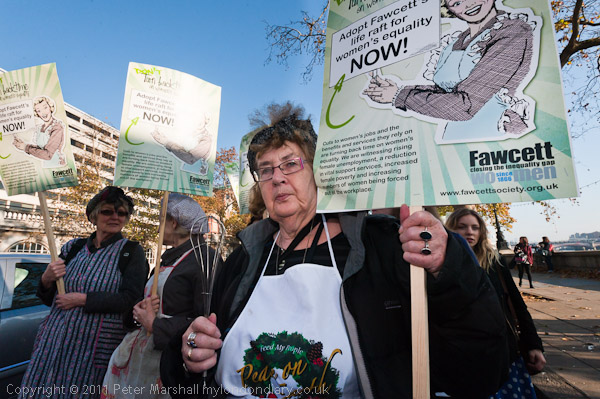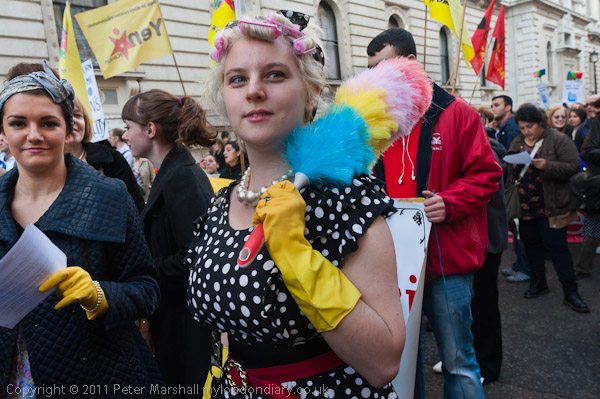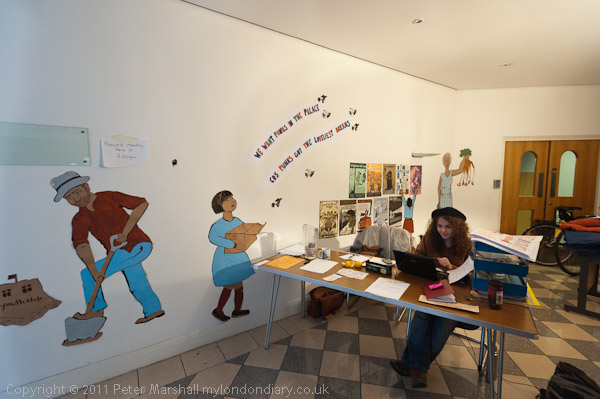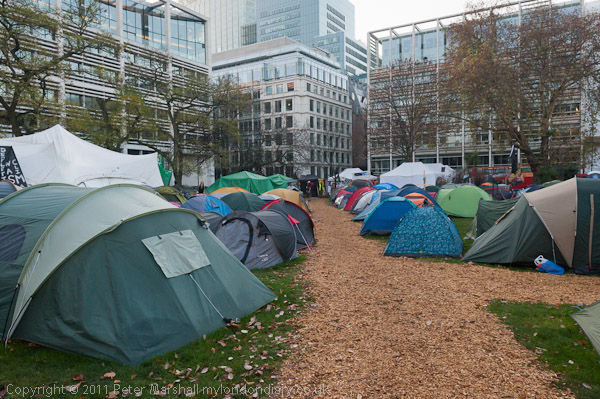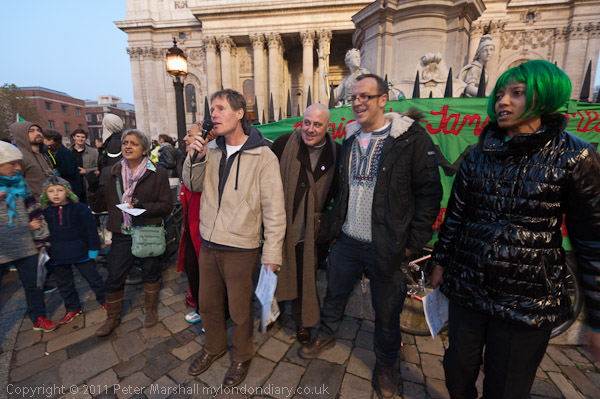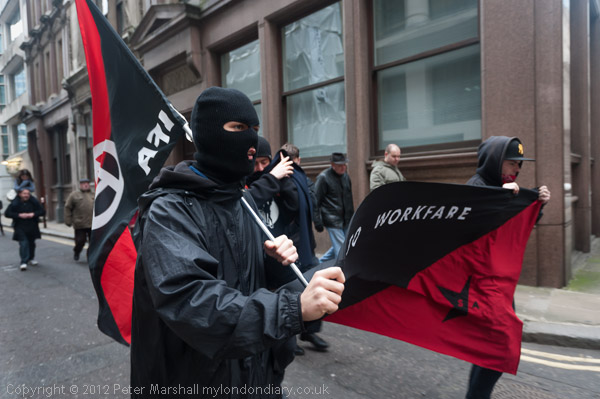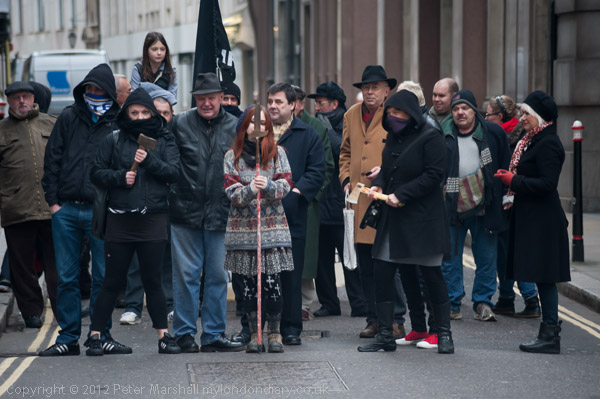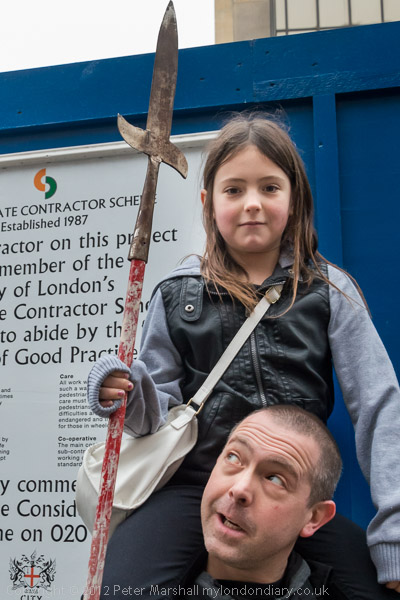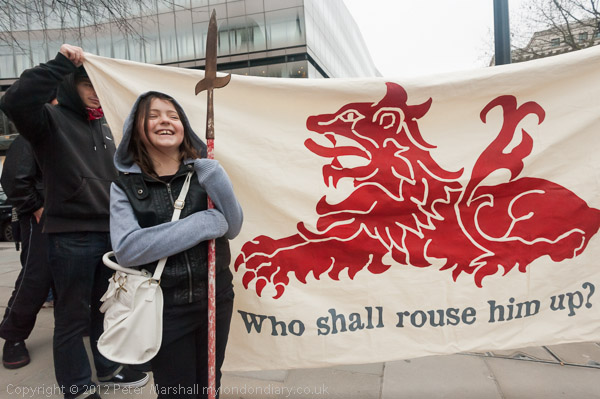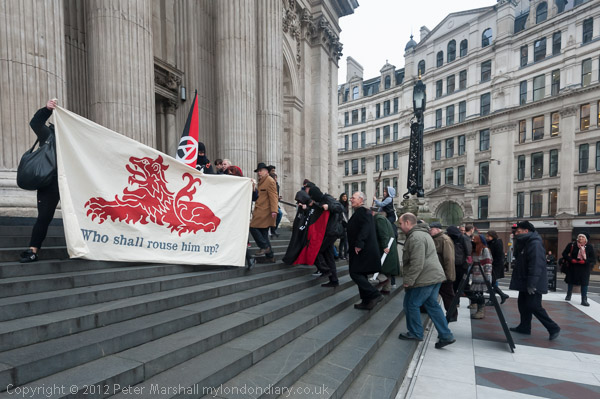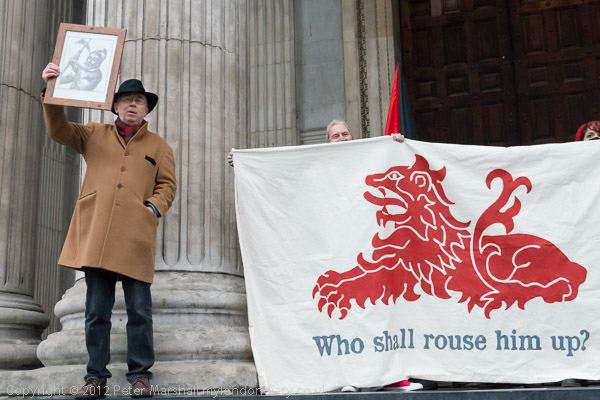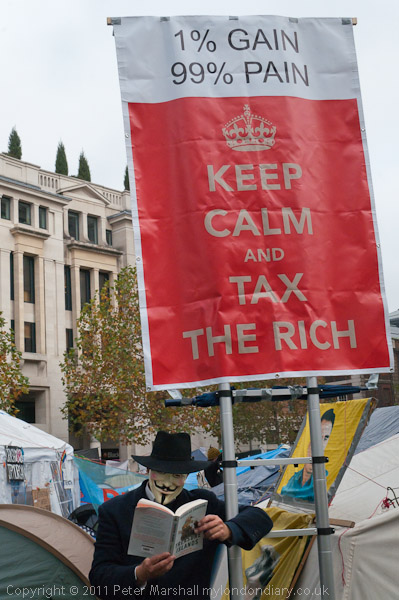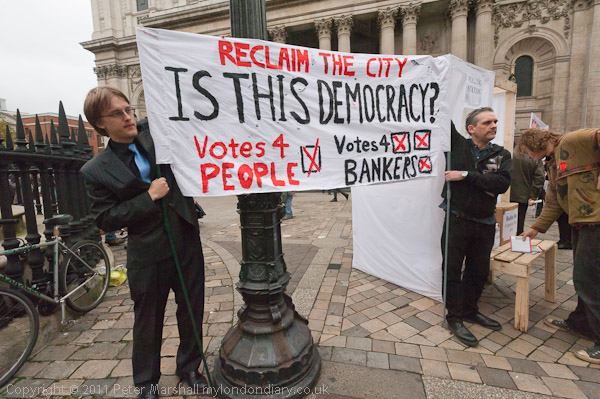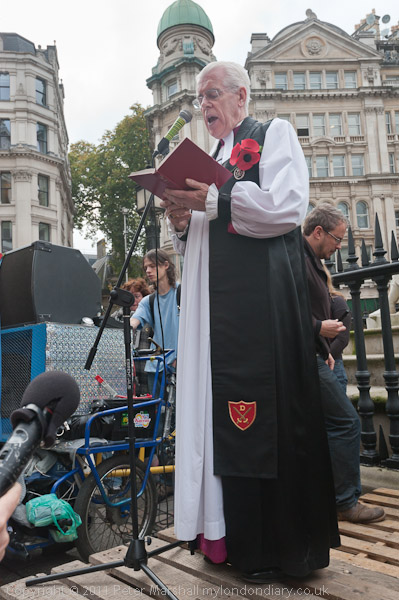St Pauls and around Guildhall: More panoramas from my days wandering the City of London in July 1994. Most of these pictures are in my Flickr album 1994 London Colour.
I took relatively few pictures of St Paul’s Cathedral, and here it is only visible in deep shadow at right. In the centre are the rather bland blocks of Juxon House, built in 1963 rather a long time after much of the area was destroyed by German bombs and subject to a long campaign (with Royal support) for demolition along with others when Paternoster Square was redeveloped.
Unfortunately its replacement – and Juxon House was worse. Icannot better the description by Jonathan Glancey in The Guardian when the new block was completed in 2003 who called it “A mockery of the language of classical architecture, this Paternoster office block is kitsch writ gross, a kind of two fingers up to Wren and Hawksmoor, who worked so hard to create the peerless dome and west towers of St Paul’s.” In his article he also gives some of the reasons that led to this new carbuncle.
The area around the Guildhall was fascinating in many ways in the 1990s, in part for its contrasting architectural styles which you can see here. At left is One Love Lane, a 1989 building refurbished in 2015-6. In the centre is the back of One Aldermanbury Square, built for Standard Chartered Bank in 1990, but significantly remodelled after they left in 2013. The Insurance Hall, 20 Aldermanbury, has the inscription by its door ‘THIS BUILDING WAS OPENED BY HIS MAJESTY KING GEORGE V ACCOMPANIED BY HER MAJESTY QUEEN MANY ON THE TWENTY EIGHT DAY OF JUNE MCMXXXIV THE TWENTY FIFTH YEAR OF HIS MAJESTY’S REIGN’. It was home to the Chartered Insurance Institute until 2018.
Looking towards the The North Wing (formerly known as the North Block) of the Guildhall, constructed in 1955-58 to a 1930s design by Sir Giles Gilbert Scott. At right is the back of the Insurance Hall. At left the 1972 sculpture ‘Beyond Tomorrow‘ by Karin Jonzen (1914-1998); her parents were Swedish but she was born in London and studied at the Slade.
The piazza was a pleasant place to sit on sunny days and I sometimes ate my sandwiches there. The back of the North Wing and that end of the piazza were modified around 2006 to improve access and create more office space.
A closer view of Karin Jonzen’s sculpture and beyond it one of my favourite modern London buildings, the Grade II listed former exhibition hall, magistrates court and offices at 65 and 65a Basinghall Street designed by Richard Gilbert Scott (1923-2017) of Sir Giles Gilbert Scott, Son and Partner and built in 1966-69. He was the “fourth generation of Britain’s best-known architectural dynasty” according to the listing text, which for once is very informative about the architect and the building.
As the listing says, his “stylish use of pre-cast concrete shell vaulting at the Guildhall was a response to the existing Gothic architecture of the site” – where he had been involved with his father Sir Giles in rebuilding the bomb-damaged Gothic Guildhall.
Just to the north, seen from the Highwalk just as it emerges from under Richard Gilbert Scott’s building is one of my favourite views in the City, again showing different architectural styles.
At left is 55 Basinghall St, City Place House, a substantial post-modern building from 1988-1992 by Swanke Hayden Connell. Work began on its demolition in 2021 for the building of a 13-storey office block by Allies & Morrison, which also involved the “partial demolition, reconfiguration and refurbishment of the basement, lower ground, ground and mezzanine floors of 40 Basinghall Street” – City Tower in my picture.
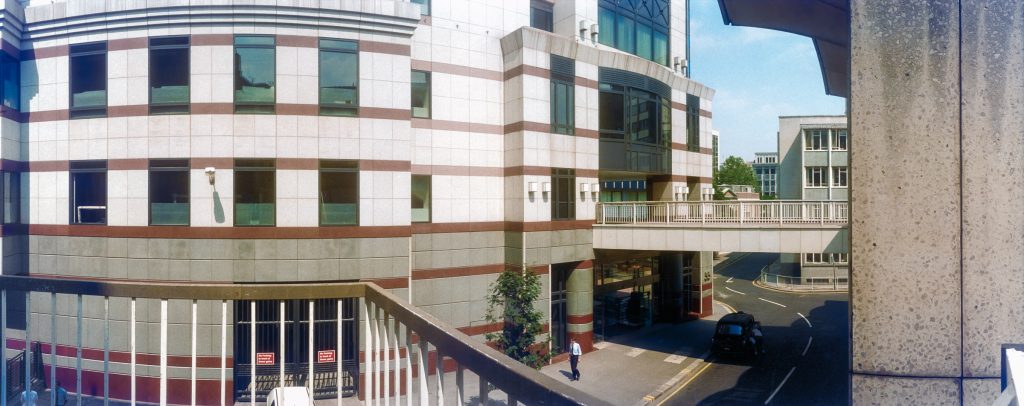
A second view from another section of Highwalk shows the same corner looking along Basinghall Street.
More from this part of the City in a later post.
Flickr – Facebook – My London Diary – Hull Photos – Lea Valley – Paris
London’s Industrial Heritage – London Photos
All photographs on this page are copyright © Peter Marshall.
Contact me to buy prints or licence to reproduce.

















